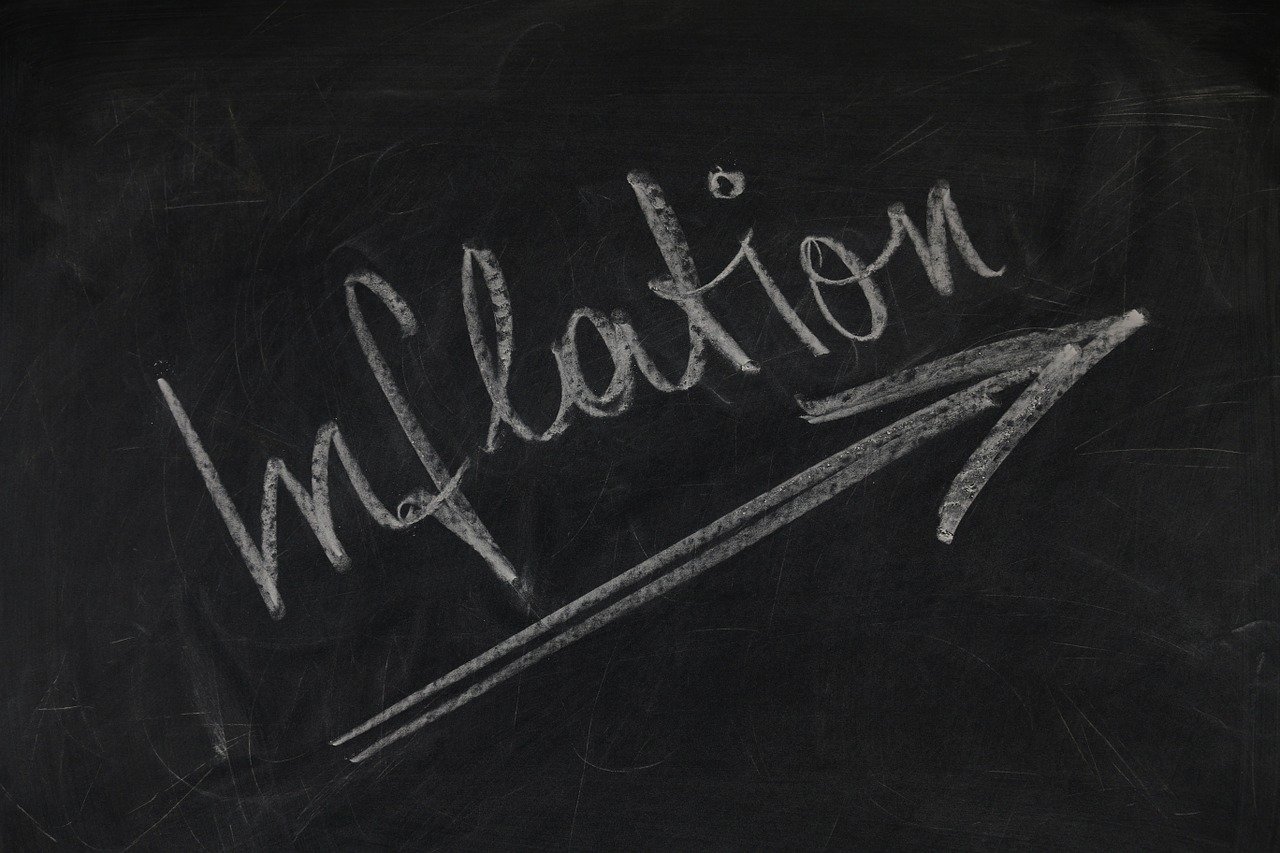

Few would disagree that the drivers of inflation have changed over the last 30 years. This has manifested through lower average inflation rates and created a disconnect between G4 inflation dynamics over the last decade (Chart 1). Changing inflation dynamics alongside a rarely seen and seemingly unconstrained pro-growth fiscal policy mandate mean even the experts struggle to confidently predict where inflation will go in coming years.
A principal component analysis (PCA) sheds some light on the underlying drivers of G4 inflation. In the early 1990s, the first principal component (PC1) of G4 headline and core inflation explained around 90% of the variation over time and across countries. The two moved in tandem through the 1990s and 2000s but diverged over the last 10 years. In other words, the core inflation dynamics across G4 countries have become less inter-connected.
This article is only available to Macro Hive subscribers. Sign-up to receive world-class macro analysis with a daily curated newsletter, podcast, original content from award-winning researchers, cross market strategy, equity insights, trade ideas, crypto flow frameworks, academic paper summaries, explanation and analysis of market-moving events, community investor chat room, and more.
Summary
- Inflation across G4 countries is tied to a common ‘global component’ that includes commodity prices, world trade and demand in major economies.
- This global component explains a significant proportion of headline inflation variation. But in recent years, core inflation has become far more localised.
- Services (particularly medical care and education) and rent are the main domestic inflation drivers.
Market Implications
- The common drivers of headline inflation are starting to correlate more closely with US CPI data, indicating higher near-term US inflation pressures.
- The same is untrue for the UK, euro area, and Japan, indicating large inflation spikes may still be months away.
- Core inflation will likely remain relatively insulated from global factors, but increases in domestic demand will be inflationary. Nevertheless, the latest US inflation numbers show price rises in factors that have not been the secular drivers of core inflation in recent years, so rises should be temporary.
Inflation Dynamics Are Changing
Few would disagree that the drivers of inflation have changed over the last 30 years. This has manifested through lower average inflation rates and created a disconnect between G4 inflation dynamics over the last decade (Chart 1). Changing inflation dynamics alongside a rarely seen and seemingly unconstrained pro-growth fiscal policy mandate mean even the experts struggle to confidently predict where inflation will go in coming years.
A principal component analysis (PCA) sheds some light on the underlying drivers of G4 inflation. In the early 1990s, the first principal component (PC1) of G4 headline and core inflation explained around 90% of the variation over time and across countries. The two moved in tandem through the 1990s and 2000s but diverged over the last 10 years. In other words, the core inflation dynamics across G4 countries have become less inter-connected.
A Global Phenomenon
Does this common component reflect some form of ‘globalisation’? We analyse the PC1 correlation with global factors to find out. Simple regressions show the following:
- Over the full 30-year period, the PC1 for headline is significantly (at the 5% level) associated with commodity prices, USD TWIs, and proxies for US and China demand, confirming it is a ‘global’ component. As expected, higher commodity prices move G4 inflation higher. So do a weaker US dollar, higher Chinese demand, and lower interest rates. Evidence also exists that the Phillips curve relationship holds – higher unemployment leads to lower inflation.
- Since the GFC, fewer variables have a statistically significant effect on the global G4 inflation component. Notably, the coefficients on global demand variables have become insignificant, while the effect of commodity prices and USD TWIs on headline inflation has increased. This provides some evidence that the drivers of the global inflation component lean more toward energy prices, rather than domestic demand spilling over.
- For core inflation, evidence also exists that the PC1 correlates with global factors at a statistically significant level. The coefficients have the same signs as in the headline analysis (except agricultural prices). A stronger association also exists between unemployment, house prices and inflation.
Local Factors and Domestic Inflation Drivers
We have confirmed the PC1 for both headline and core inflation is a global component and that it is now playing a less important role in core inflation (Chart 2). We look next at potential local inflation drivers. For this, we triangulate across three methods: (i) a PCA on the subcomponents of CPI in each of the G4 areas; (ii) an analysis of the CPI sector weights on each of the subcomponents; and (iii) an analysis of the CPI price indices.
For the US, the analysis pinpoints shelter, medical care services and education as key determinants of US inflation dynamics over the last six years. The weights and prices of these sectors rose in recent years, and as such, their contributions to headline CPI have increased. Between 2001 and 2014, shelter and medical care services contributed 1ppt to the 2.3% average US annual headline inflation. This increased to 1.25ppt of the 1.5% average CPI inflation between 2015 and 2021 (Chart 3).
For the euro area, the same analysis highlights social protection, financial services, insurance, and services related to the dwelling as relatively larger contributors to inflation today versus the last 30 years. In the UK, education, hospital services and recreational items, particularly for pets, stood out. Meanwhile, the prices of goods have played a more important role in Japan – there, goods prices increased by more than elsewhere in the G4 area (Chart 4).
Temporary Inflation Pressures, But Little Evidence It Will Persist
For the US, crude, copper and agricultural prices have the greatest positive correlations to headline inflation (Chart 5). These correlations, as well as the correlation to the PC1 global component, are currently rising (Chart 6). Also, we find the PC1 and crude variables have a leading relationship with US CPI, and so we expect to see global factors generating inflationary pressures in 2021 (Chart 6).
For the euro area, UK and Japan, correlations are currently small positive or negative, suggesting inflationary pressures from global components are yet to trickle through. Meanwhile, Japan correlates less closely with the PC1 global component and the variables listed in Chart 5. The largest correlation is with US demand (PCE).
On core inflation, our analysis shows the secular drivers to watch are home rental prices in the US and Japan and medical costs (and services more broadly) in the US, UK and euro area. A breakdown of the latest US headline CPI shows a large increase in transportation, components of apparel, and other recreational goods and services. Some overlap exists between the local drivers of core US inflation over the last decade and the underlying components of the recent inflation spike (housing and recreational services). If core inflation is to remain higher in H2 2021, watch out for the prices of medical care and recreational services.
Please note, that this article is a shortened version of a research note available on macrohive.com. If you are interested in finding out more about our Macro Hive Professional offering, please contact us here.
